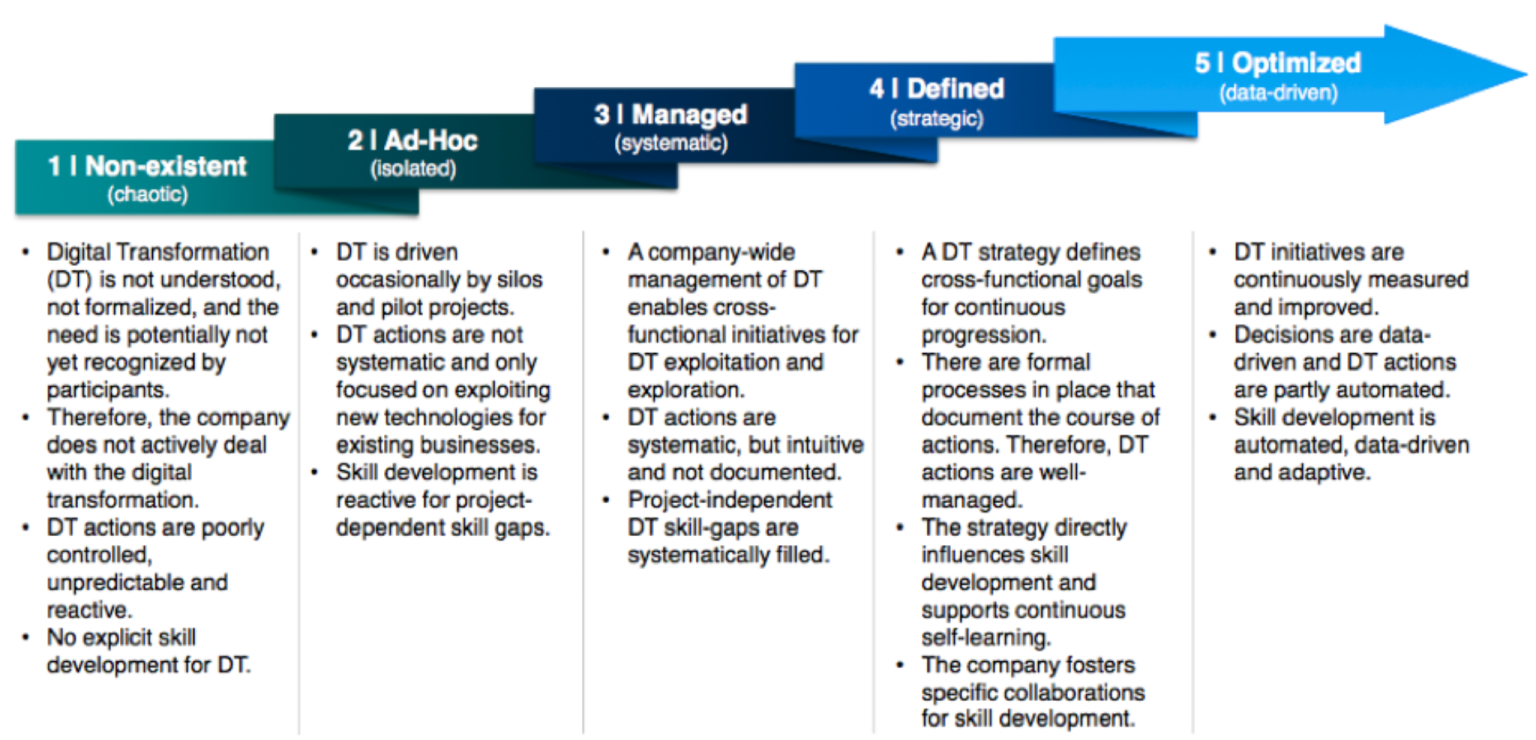The old guard of search is dead. Not in a “R.I.P.” kind of way, but in a “your analog strategy in a digital-first world is a liability” kind of way.
For two decades, we’ve lived and died by SEO. We chased keywords, built backlinks, and measured success by traffic and rankings. It was a good run. But the game has changed. Your customers aren’t just looking for links anymore—they’re looking for answers. And the machines are giving them what they want.
This is the shift from Search Engine Optimization (SEO) to Answer Engine Optimization (AEO).
It’s not a fad; it’s a fundamental change in how people find information. If you’re not ready, you’re not just falling behind, you’re becoming invisible.
The Problem with the Old Way
Traditional SEO was a numbers game. You wanted to rank #1. You wanted the highest click-through rate. The goal was to funnel users from the search results page (SERP) to your website, where you could convert them. This worked brilliantly.
But then came the zero-click search.
With the rise of AI-powered features like Google’s AI Overviews, featured snippets, and conversational interfaces, users often get their answer right on the SERP without ever clicking a link. Why would they? The answer is right there, at the top, a perfect little package of information.
Your carefully optimized, 2,000-word blog post might have a perfect “Position Zero” snippet, but if the user gets what they need, the click never happens. And while you’ve provided immense value and built brand authority, your old metrics—traffic and rankings—might tell a misleading story. The old rulebook is becoming irrelevant.
From Optimization to Authority: The AEO Mindset
AEO isn’t about ditching SEO; it’s about evolving it. Think of it as SEO 2.0. The goal is no longer just to rank; it’s to be the definitive, citable source of truth.
This means you must shift your focus from keywords to questions.
SEO Question: “best running shoes” 🏃♀️
AEO Question: “what are the best running shoes for flat feet?” 👟
The AEO mindset is proactive. You’re not just waiting for someone to search for a keyword; you’re anticipating their deeper, conversational queries. You’re becoming a citable authority, a trust signal for the AI models that are now the gatekeepers of information.
The Mechanics of AEO: How to Migrate
Migrating to an AEO-first strategy isn’t a massive overhaul; it’s a strategic refinement of your existing content and technical architecture. Here’s your playbook:
1. Structure Your Content for Answers 🧠
This is the core of AEO. Your content needs to be scannable, direct, and—above all—easy for an AI to parse.
Question-Led Headings: Use H2 and H3 tags to ask the very questions your audience is typing.
Front-Load the Answer: Answer the question in the first 40-60 words of the section. This is your “snippet bait.”
Use Structured Data: Implement schema markup like
FAQPage,HowTo, andArticleto explicitly tell search engines what your content is about and how to cite it.
2. Prioritize Conversational Language 🗣️
Voice search is everywhere. People don’t speak like they type. They use natural, conversational language. Your content needs to reflect this. Write like you’re having a conversation with a highly intelligent colleague. Avoid jargon. Use short, simple sentences. This not only helps with voice search but also makes your content more readable and trustworthy.
3. Build Authority, Not Just Links 🏛️
While backlinks are still important, AEO places a heavy emphasis on your brand as an “entity.” AI models are trained on knowledge graphs. They connect concepts, people, and brands. Building authority means:
E-E-A-T: Emphasize Experience, Expertise, Authoritativeness, and Trustworthiness.
Brand Mentions: Track where your brand is being mentioned online, even without a hyperlink. These “co-citations” are powerful trust signals for AI.
Cite Your Sources: Just as a machine cites you, you should cite reputable sources. This is a basic function of Civitas Machina—the core value of the machine state is built on provable, citable data.
The Future is AEO, Not Just SEO
The search landscape is a complex ecosystem, and while SEO principles remain foundational, AEO is the next logical evolution. It’s about building a digital presence that thrives in an era of intelligent, conversational search.
At Michael Morales & Associates, we don’t just prompt AI; we architect intelligent interactions. We design systems that anticipate needs and self-optimize. Migrating from SEO to AEO isn’t just about survival; it’s about leading the charge, about being the go-to authority in a world where answers matter more than links.
The machines are listening. Are you ready to be their source of truth?
Share this:
- Click to share on Facebook (Opens in new window) Facebook
- Click to share on X (Opens in new window) X
- Click to share on LinkedIn (Opens in new window) LinkedIn
- Click to share on Reddit (Opens in new window) Reddit
- Click to share on Pinterest (Opens in new window) Pinterest
- Click to share on Pocket (Opens in new window) Pocket
- Click to share on WhatsApp (Opens in new window) WhatsApp
- Click to email a link to a friend (Opens in new window) Email



